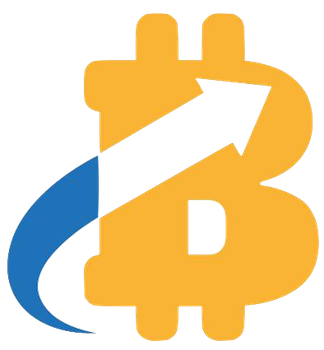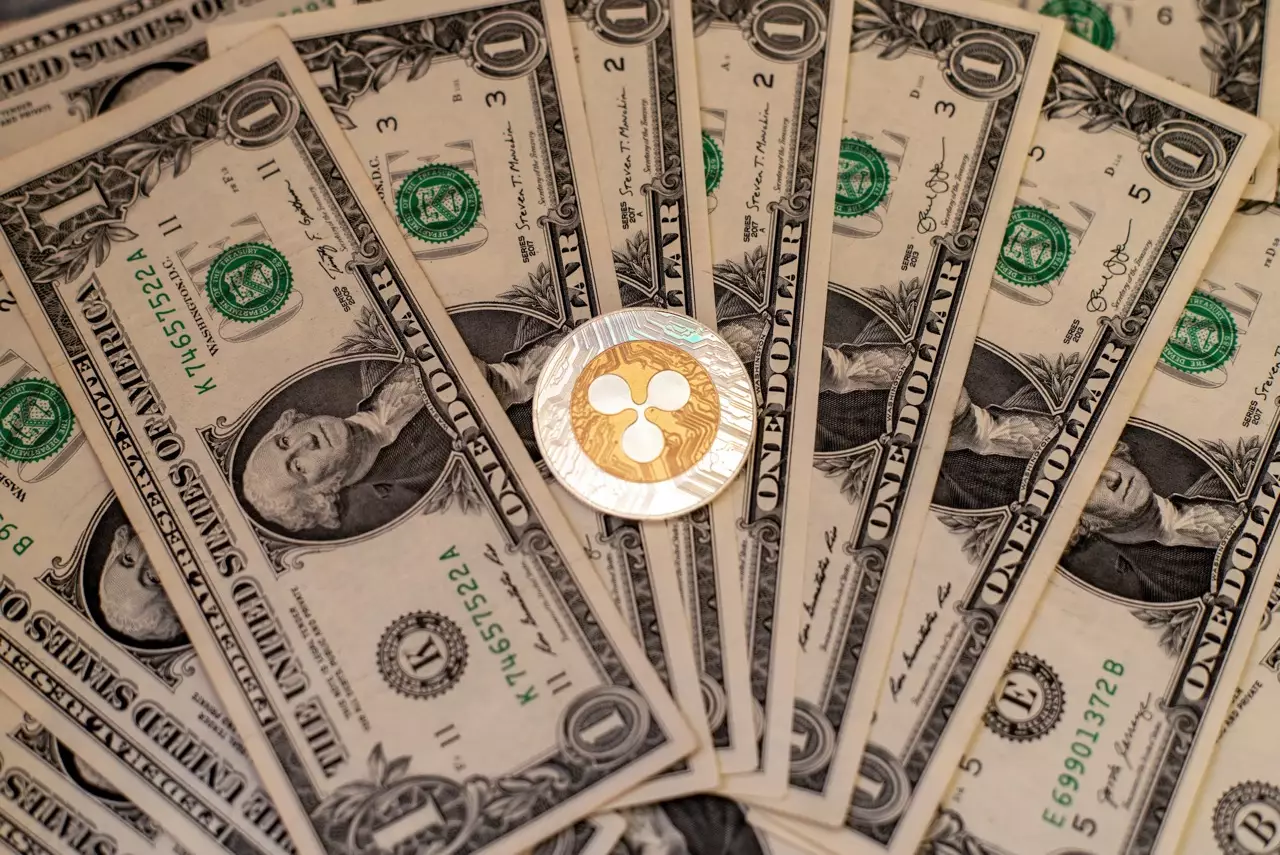In the constantly shifting landscape of cryptocurrencies, it’s easy to get lost in the noise of new tokens and flashy features. Yet, beneath this chaos lies a fundamental truth: XRP’s enduring value isn’t dictated by speculation or market hype. Instead, its true strength stems from its integral role within Ripple’s payment infrastructure, a reality that few outsiders seem willing to accept openly. Ripple’s CTO David Schwartz’s recent comments expose a vital insight—XRP remains central to the company’s strategy, and its utility in real-world financial operations offers a level of stability and growth that stablecoins, no matter how innovative, cannot replicate.
While the launch of RLUSD paints an attractive picture of stable digital currencies, Schwartz rightly emphasizes that stability isn’t the same as utility. Stablecoins hold a fixed value, making them suitable for specific applications like collateralization or market entries where volatility could cause significant disruption. But when it comes to facilitating swift, efficient cross-border transactions, XRP’s liquidity and built-in functions make it irreplaceable. This core role, rooted in the XRP Ledger’s architecture, ensures that demand for the underlying token is inherently linked to Ripple’s broader mission — enabling seamless global financial flows.
In essence, XRP’s design isn’t merely about trading or holding value; it’s about active participation in a burgeoning ecosystem. Schwartz’s confidence in XRP’s usage eclipsing any other asset available in the Ripple system underscores this point. A growing number of business entities, developers, and financial institutions lean on the XRP Ledger for practical operations, naturally bolstering demand for the token. This is where the long-term strength of XRP is rooted: its embedded utility as a frictionless, scalable bridge asset in financial workflows, not fleeting hype or the stability of a peg to the dollar.
Stablecoins as a Complement, Not a Replacement
A common misconception is that stablecoins like RLUSD threaten the longevity of XRP. However, Schwartz’s remarks challenge this misguided notion by clarifying that stablecoins and XRP perform different functions within Ripple’s ecosystem. Stablecoins are akin to financial tools for specific, stability-dependent tasks, such as settling high-volume transactions or acting as collateral where predictability trumps growth. Yet, this does not diminish the value or relevance of XRP.
In fact, Schwartz’s assertion that XRP remains Ripple’s primary digital asset for the foreseeable future highlights a strategic confidence. Stablecoins might serve short-term, risk-averse purposes, but they lack the dynamic potential that XRP offers for investors and institutions who are willing to accept some risk for greater upside. Many long-term market participants prefer holding XRP because of its liquidity, active role in the ledger, and potential for appreciation as blockchain adoption accelerates. The digital asset’s intrinsic role as a facilitator of fast, cost-effective currency exchanges makes it indispensable in volatile or emerging markets where stability alone isn’t enough to bridge the gap.
This distinction is critical because it exposes a flaw in narrative-driven narratives that seek to turn XRP into just another stablecoin alternative. The reality is that XRP’s utility is built around its capacity to catalyze real-world financial activity. As more institutions adopt XRPL for cross-border payments and settlement, the demand for XRP expands naturally, creating a pragmatic foundation for its long-term valuation.
The Future is Built on Utility, Not Hype
Looking ahead, the real question isn’t whether stablecoins will replace XRP but whether XRP will continue to serve its core purpose effectively. Schwartz’s comments strongly suggest that XRP’s privileged position within the XRPL ecosystem gives it an enduring competitive advantage that many newer tokens cannot claim. The token’s value isn’t derived solely from market speculation; it’s embedded in the infrastructure and operational efficiencies it enables.
In a market frequently driven by speculative fervor, this focus on real utility offers a message of resilience. As global financial actors increasingly turn to blockchain solutions for efficiency and transparency, XRPL’s capacity to facilitate rapid, low-cost transactions makes XRP a necessity rather than an optional asset. Any attempt to sideline XRP in favor of stablecoins overlooks the broader systemic advantages—namely, the versatility, decentralization, and network effects that XRP uniquely possesses.
Moreover, Schwartz’s understated confidence in XRP’s increasing demand as business adoption rises signals a broader trend: that the crypto’s value is fundamentally tied to its real-world application and ecosystem growth. This is where the true power of XRP lies, standing as a testament to the conviction that utility will always outshine short-term stability in a properly functioning financial system.
Ultimately, XRP’s strategic positioning—anchored in utility, scalability, and institutional adoption—cements its role as a resilient, vital asset in a rapidly transforming financial landscape. While stablecoins offer convenience and stability, XRP’s value proposition is rooted in its ability to actively shape and support the future of global payments.



















Leave a Reply